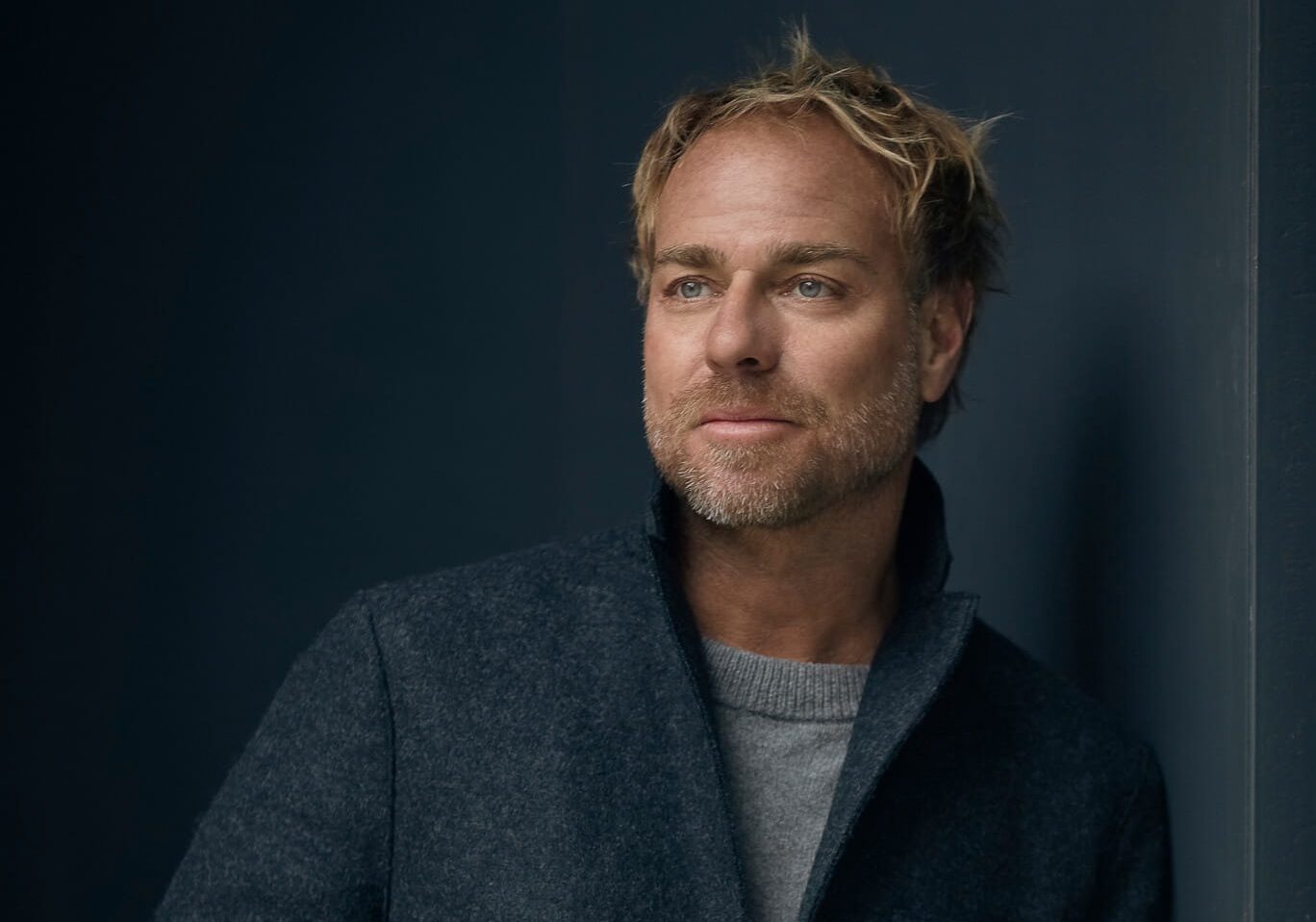Co-founder of La Factry and Co-founder and Chief Executive Officer of Sid Lee, Philippe Meunier has built a global network of top talent within a company with international reach. He has helped reinvent the art of advertising and communications beyond Quebec, and continues to inspire creatives around the world. Creativity has always been at the heart of his approach, despite the doubts and risks embedded in his entrepreneurial journey. His goal: to do things differently to meet the needs of an ever-changing society.
Where did the idea for the Factry come from?
We reached a point in Sid Lee’s growth where we needed to find new talent with creative skills to meet the challenges of tomorrow. It was while visiting different schools around the world to find the best creatives that the idea came to me: why not build our own incubator here in Montreal, instead of going outside to find these talents? We started by reimagining the recruitment process. We created C2 Montréal to attract potential talent, and we also organized creativity bootcamps with young people who came to Sid Lee to take on a challenge for a week. These initiatives made us realize that creativity can be taught. So, taking a step back, I asked myself: why don’t we launch a school?
With Hélène, now CEO, co-founder and Creative Director of La Factry, and co-founder Marie Amiot, we plunged into the project 8 years ago. Since then, we’ve put the spotlight on the creative potential of Montreal and Quebec, and demonstrated that creativity can be found in all professions, including law, medicine and engineering. My dream is that, one day, the skills essential to creativity will be taught in our schools and academic institutions: communication, critical thinking, innovation, problem-solving and collaboration. It’s as important as learning to write or calculate.
In a professional context, what does the expression “sweaty palms” evoke for you?
Having sweaty hands means being able to put yourself in a zone of discomfort that often involves doubt, and sometimes even fear. In our daily lives, we tend to seek comfort, to want to feel good, not to be challenged. But, in the long term, staying in our comfort zone becomes an obstacle to progress. Without discomfort, you can’t achieve anything new.
So you have to be curious, and keep an eye on what’s going on around you. It requires listening, but also closeness to your team. It requires developing collaboration and trust. In my career, I’ve been placed in several uncomfortable positions, and I encourage my team to continually embrace this position to progress well.
So for you, it’s more of a driving force than a hindrance. But sweaty hands can also be seen as a sign of stress. How do you transform this emotion into creativity rather than paralysis?
Discomfort is experienced in doubt; it pushes us to work to find solutions, to constantly reiterate. Paralysis, on the other hand, is experienced in fear. Today, fear is at the heart of our society. We’re in a state of permanent crisis in all areas: climate change, the economy, health. We feed on fear and freeze; all we see is stress and anxiety. Creativity is crushed by fear. In conference rooms and brainstorming sessions, fear kills ideas. “It’s too dangerous, we don’t have the budget…”
Often, I like to shake up work habits to stimulate creativity. Sometimes it works, sometimes not. But that’s okay. It’s part of my design roots: you try, you correct, you come back. It’s part of the creative process. It’s often said that we learn more from our mistakes, and it’s true.
When you co-founded Sid Lee, were your palms sweaty?
I was 25, with Jean-François Bouchard, and we wanted to build something. We had no money and no clients, but we wanted to transform the industry in a very established sector. Our palms were sweaty. Every month, we faced the possibility of losing a customer, of not being able to pay our rent, of going bankrupt. Doubt and fear were present, but it was our creativity that enabled us to embrace this zone of discomfort and stand out with an innovative, multidisciplinary offering, breaking the boundaries of several disciplines: design, architecture, technology. We explored, tested and built a creative culture of our own, which has made us relevant years later.
Fear is normal. If the managers of a company aren’t afraid, I don’t think they’ll succeed. Google, Facebook, Cirque du Soleil: all these companies faced it in the beginning. Fear and discomfort are part of the road to success.
So putting yourself at risk is a prerequisite for innovation?
There’s a difference between putting yourself in an uncomfortable position and putting yourself in danger. When you put yourself in danger, out of naivety or lack of knowledge, the chances of success are lower. Conversely, discomfort means being able to work assiduously in unfamiliar territory with a clear objective. As I often say, it takes 95% sweat and 5% talent. It’s all about preparation and patience. That’s what allows us to adjust when necessary and keep control of what we’re doing. It’s like an expedition in a remote area; a person who goes up a mountain unprepared will fail. Mountaineers are usually very prepared and work hard to manage their discomfort and therefore succeed in their expedition.
If we don’t work with a view to changing things and breaking the rules, we’ll keep repeating the same recipe in an industry that will inevitably change.
Do you still find yourself working in an uncomfortable zone?
That’s what motivates me! All industries face transformation vectors and transition zones at certain times, it’s inevitable. Take, for example, the music industry, which has become digitalized and democratized. Spotify has literally changed our music consumption habits. The communications industry is redefining itself, with artificial intelligence blurring the traditional process, brands are increasingly global, and economic pressure is more than ever present. The value of creativity continues to grow, but agencies must reinvent their working model and their vision. Everything is being called into question: employee-boss relations, remuneration, well-being at work. It’s all very stimulating, but it requires constant adaptation. For me, it’s impossible to plan every five years; at Sid Lee, we plan every three months, and we’re constantly adapting. We’re not afraid to change ideas, anticipate and reinvent ourselves.
Will the robotization of work and artificial intelligence force us to develop our human skills to be more creative?
There’s no choice. I think robotization and AI are welcome: they are extensions of our know-how to meet needs. Knowledge can be enriched by AI to enable us to be faster and more efficient, but team trust and collaboration are skills that will never be replaced.
Changing ways of doing things and adapting to new realities requires us to be creative. Creativity is the most important skill if we are to make the transition from the industrial age to the knowledge age.

